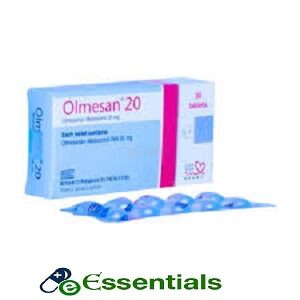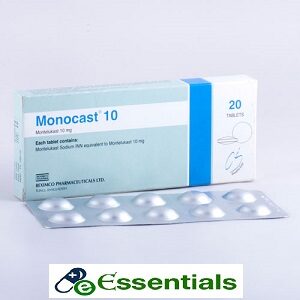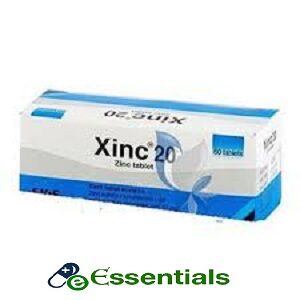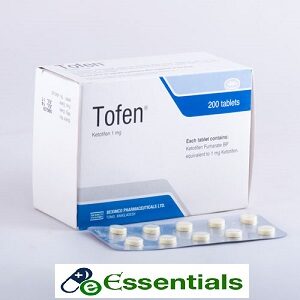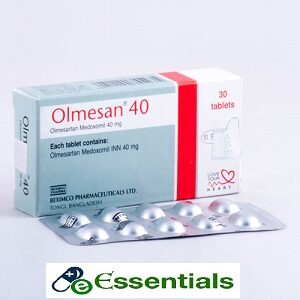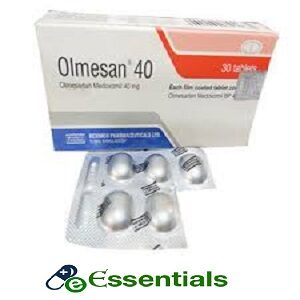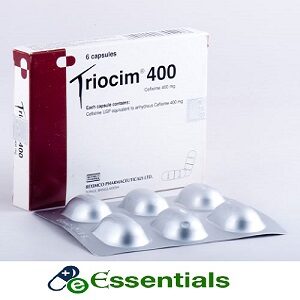Flux DS 250mg Powder
৳ 110.37
Brand Name : Flux DS, 250 mg/5 ml, 100ml Bottle
Manufacturer : Opsonin Pharma Limited.
Indications
Flucloxacillin is indicated for the treatment of infections due to Gram-positive organisms, including infections caused by β-lactamase producing staphylococci.
Skin and Soft Tissue Infections: Boils, abscesses, carbuncles, furunculosis,infected wounds, infected burns, protection of skin grafts, otitis media and externa, impetigo.
Infected Skin Conditions: Ulcer, eczema and acne.
Respiratory Tract Infections: Pneumonia, lung abscess, empyema, sinusitis,pharyngitis, tonsillitis, quinsy.
Other infections caused by Flucloxacillin-sensitive organisms such as osteomyelitis, enteritis, endocarditis, urinary tract infection, meningitis, septicaemia.
Flucloxacillin is also indicated for use as a prophylactic agent during major surgical procedures where appropriate, for example, cardiothoracic and orthopaedic surgery
Therapeutic Class
Pharmacology
Flucloxacillin inhibits the 3rd and last step of bacterial cell wall synthesis by binding to specific penicillin-binding proteins (PBPs) located inside the bacterial cell wall. It is active against penicillinase-producing and non-penicillinase-producing staphylococci.
Flucloxacillin is isoxazolyl penicillin which combined the properties of resistance to hydrolysis by penicillinase, gastric acid stability and activity against gram-positive bacteria. Flucloxacillin is a bactericidal antibiotic that is particularly useful against penicillinase-producing staphylococci. Flucloxacillin kills bacterial cellwall, thus interfering with peptidoglycan synthesis. Peptidoglycan is a heteropolymeric structure that provides the cell wall with its mechanical stability. The final stage of peptidoglycan synthesis involves the completion of the cross-linking with the terminal glycine residue of the pentaglycin bridge linking to the fourth residue of the pentapeptide (D-alanine). The transpeptidase enzyme that performs this step is inhibited by Flucloxacillin. As a result the bacterial cellwall is weakened, the cell swells and then ruptures. Flucloxacillin resists the action of bacterial penicillinase probably because of the steric hindrance induced by the acyl side chain which prevents the opening of the β- lactam ring.
Dosage
Oral administration:
Adult or Elderly:
- Usual dosage: 250 mg four times daily. In severe infections, dosage should be doubled.
- In osteomyelitis and endocarditis: up to 8 gm daily, in divided doses 6 to 8 hourly.
- In case of secondary bacterial infection in chicken pox: Flucloxacillin 500 mg six hourly should be prescribed.
Children:
- Usual dosage: 2-10 years: half of the adult dose. Under 2 years: quarter of the adult dose.
Parenteral administration:
Adult or Elderly:
- Intramuscular Injection: 250 mg four times daily.
- Intravenous Injection: 250 mg-1 g four times daily by slow injection over 3 to 4 minutes or by intravenous infusion.
- All systemic doses may be doubled in severe infections: doses up to 8 g daily have been suggested for endocarditis or osteomyelitis.
Children:
- Usual dosage: 2-10 years : half of the adult dose. Under 2 years : quarter of the adult dose.
Administration
Doses should be administered half an hour before meals.
Contraindications
Side Effects
Pregnancy & Lactation
Precautions
Overdose Effects
Symptoms: Neurotoxicity (e.g. convulsions, encephalopathy), GI effects (e.g. nausea, vomiting, diarrhoea), blood disorders (e.g. neutropenia, haemolytic anaemia, prolongation of bleeding time, defective platelet function), electrolyte disturbances.
Management: Symptomatic treatment.
Use in Special Population
Reconstitutions
Storage Conditions
Brand
Opsonin Pharma Limited





